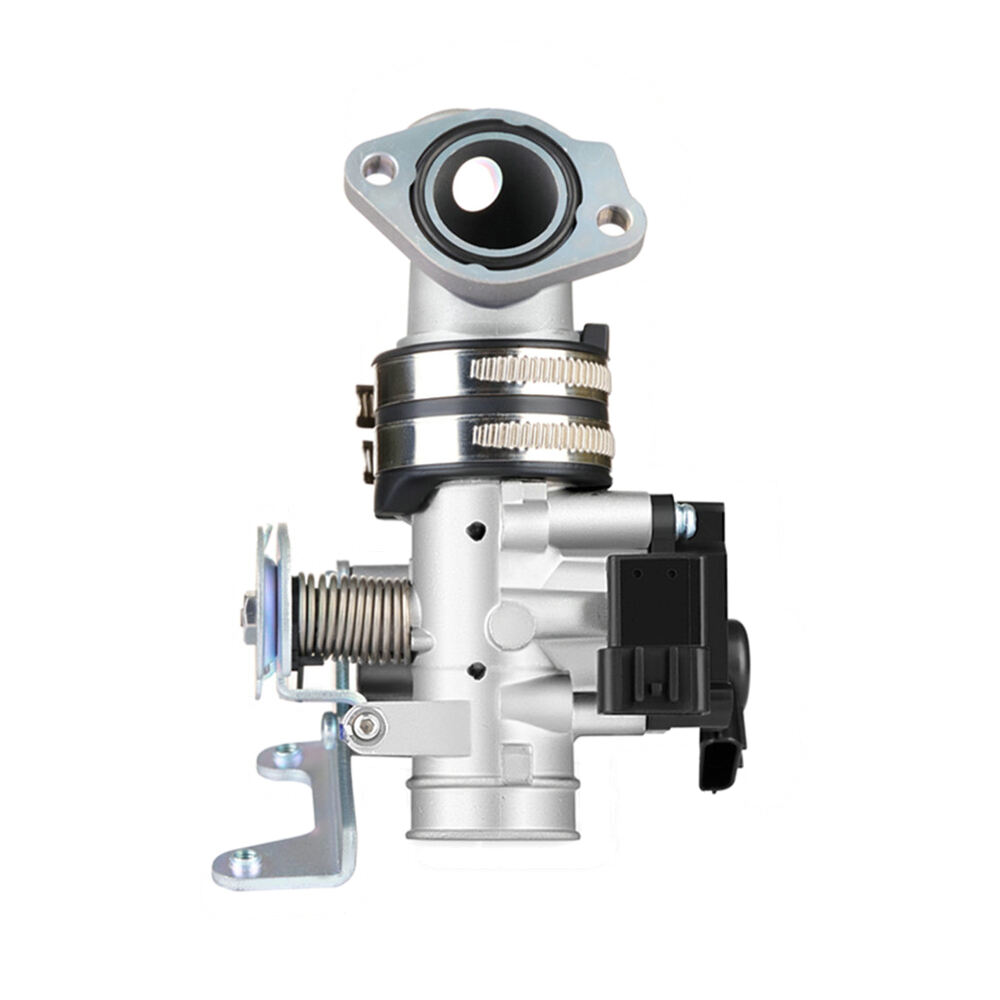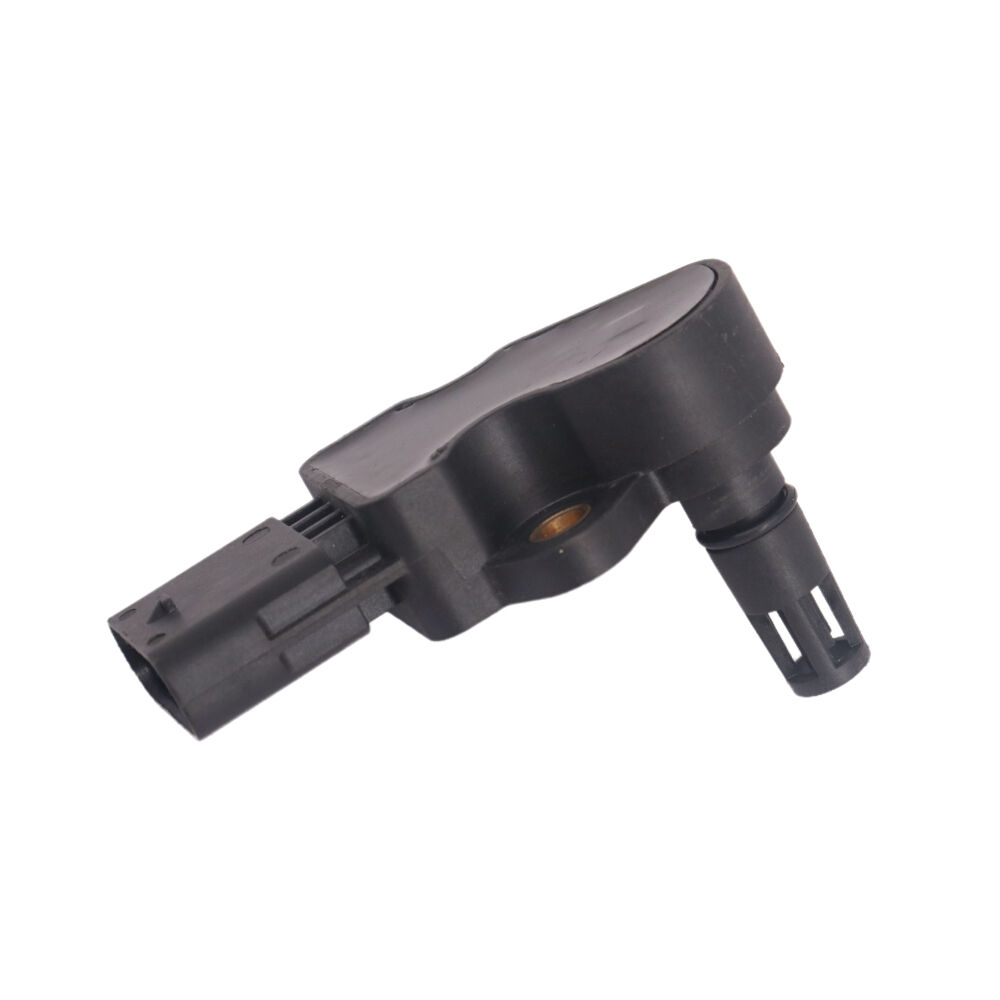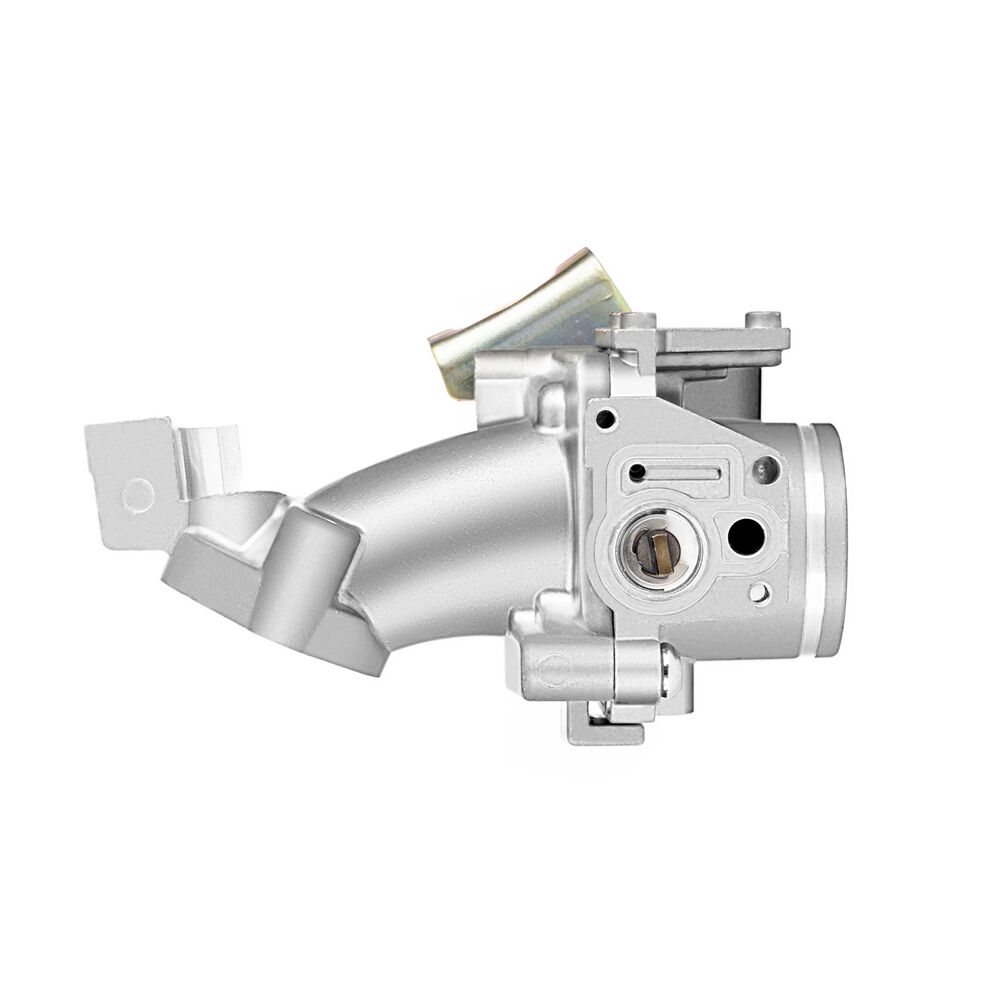crankshaft position sensor failure causes
The crankshaft position sensor is a vital component in modern vehicle engines, responsible for monitoring the position and rotational speed of the crankshaft. Understanding its failure causes is crucial for vehicle maintenance and performance. The primary causes of crankshaft position sensor failure include electrical circuit issues, such as short circuits or loose connections, physical damage from extreme engine vibrations, and exposure to excessive heat or contamination. The sensor utilizes either Hall effect or magnetic reluctance technology to generate precise signals that the engine control module uses to manage ignition timing and fuel injection. When this sensor fails, it can lead to various engine performance issues, including rough idling, starting problems, or complete engine failure. The sensor's location near the crankshaft makes it susceptible to harsh operating conditions, including oil contamination and thermal stress. Modern sensors are designed with improved durability and resistance to environmental factors, but they can still fail due to prolonged exposure to extreme conditions or mechanical stress. Regular maintenance and inspection of the sensor's wiring and mounting can help prevent premature failure and ensure optimal engine performance.


